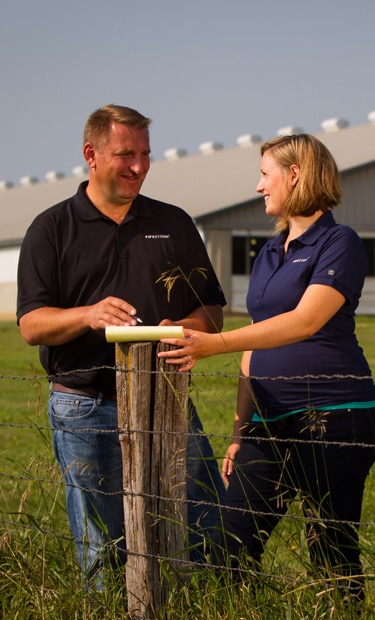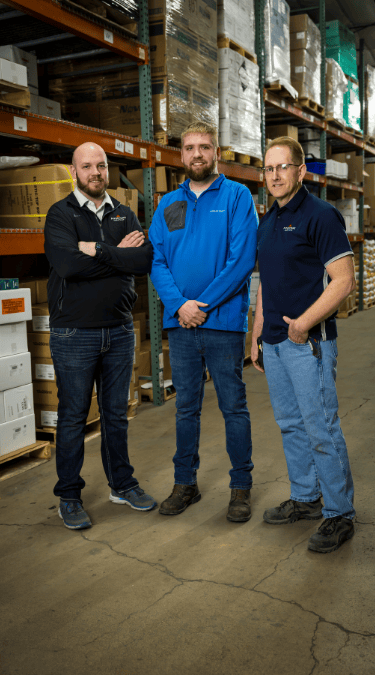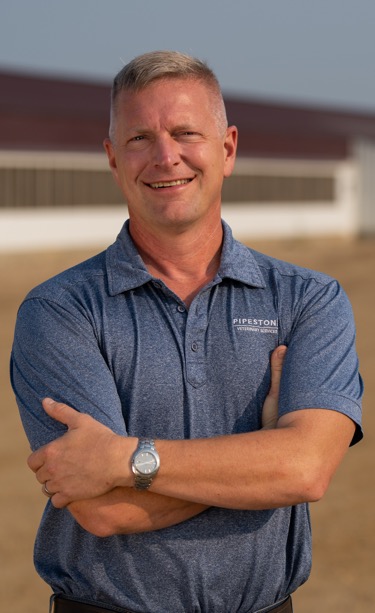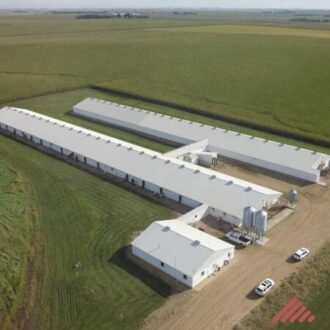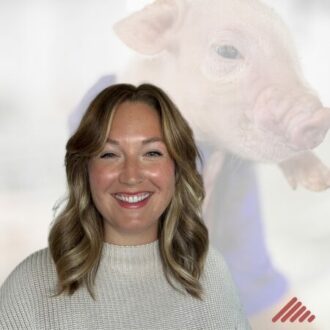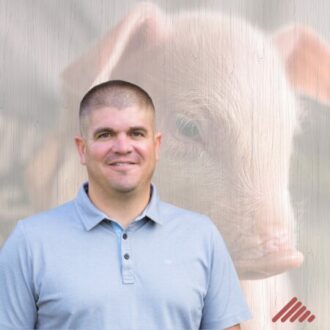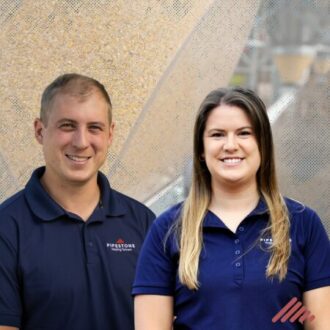When evaluating the carbon footprints at the sow farms managed by Pipestone Management, we found that manure accounts for roughly 30% of emissions. So, if your goal is to reduce your overall carbon footprint, how do you do that with manure? One method to gain traction in the industry is methane digesters. Recently completing a feasibility study, we are excited to share with you what we have learned.
What is a methane digester?
Methane digesters process manure and other organic waste and turn it into fertilizer and methane. Today, swine manure is already used as a fertilizer, but it is uncommon to harvest the methane. It is however, gaining strong interest from swine producers as an avenue to help lower greenhouse gas emissions.
How do you use the energy?
Methane produced at the farm, could be used to run generators or heat buildings. It could also be injected into interstate pipelines and delivered to urban areas as a clean fuel. In today’s world, large companies look to buy clean biogas and offset the amount of greenhouse gasses they emit due to mandated pollution standards they are required to follow. The mandates create a market for clean fuel, that is more beneficial to harvest and sell, rather than to harvest and consume.
PIPESTONE recently completed a feasibility study with a third-party geared toward harvesting methane from its swine production facilities. The thought was to first see what the methane production would be from a few different sites, with the possibility of extending it to other sow farms managed by Pipestone Management. The company’s initial proposal was to build, own, operate and maintain digesters at select sites. Then pipe or haul the clean methane to a centrally located injection site near an interstate pipeline. The methane would travel through interstate pipelines to large metro areas hungry for green energy. In turn, carbon credits would be generated and sold to large companies looking to offset their greenhouse gas emissions. These credits could also be shared with PIPESTONE to help in its quest to reduce carbon.
What sites make good candidates for the project?
Because manure storage can greatly impact methane emissions, we completed the study on both a lagoon and deep pit site. Below were our main findings:
The study showed a methane digester could capture four times more methane off of a lagoon site compared to a deep pit.
Deep pit: 500 lbs of CO2 avoided per animal
Lagoon: 2,000 lbs of CO2 avoided per animal
Because avoided emissions are so low on a deep pit site, the project would not show a great enough return for the third-party investors to participate.
A lagoon site project could be financially viable if there were enough sows in close proximity. As most of Pipestone Management sites are deep pits, this would not work for our production model.
The study further validated our practice of building new sow farms with deep pits as they have an overall lower carbon footprint compared to lagoon sites.
With current technology and carbon credit markets, a methane digester would not be economically viable for the family farmer owners of PIPESTONE Managed sow farms. We are hopeful that new technologies or economic models may make this a viable option in the future and will continue to search for carbon reduction strategies that balance the needs of the Planet and economic viability of the farmer.
